Fort
Ardwick - Coverdale Crescent, Manchester, UK
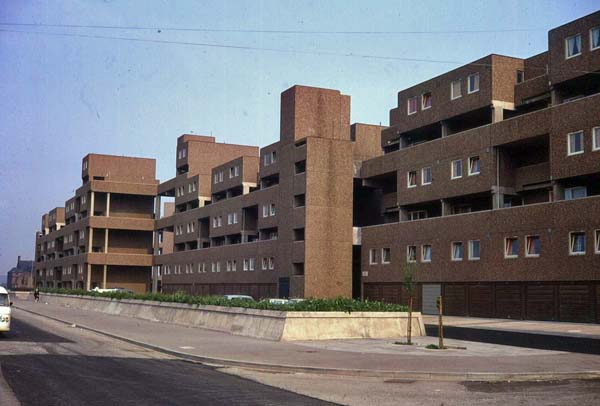
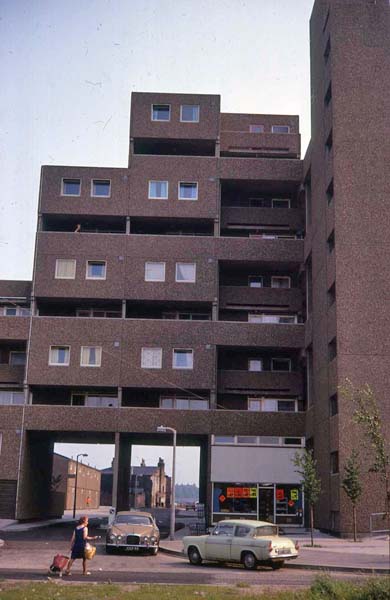
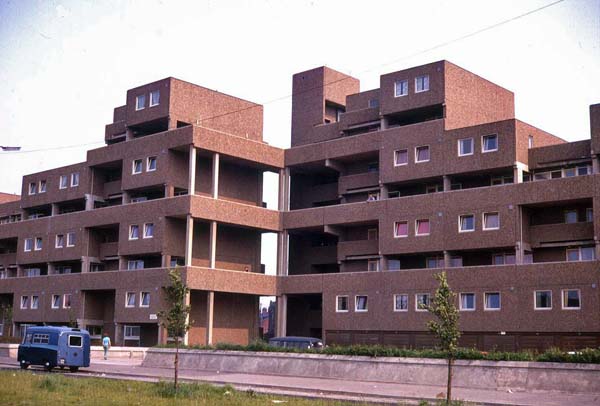
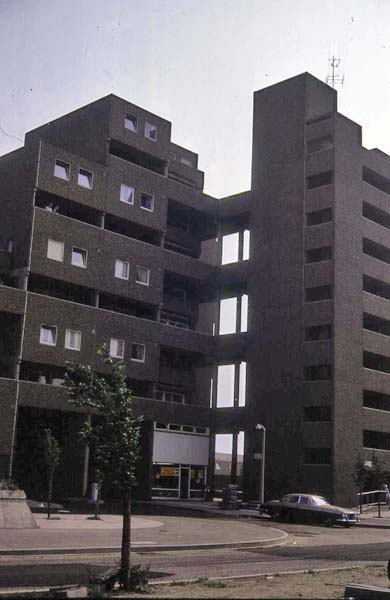
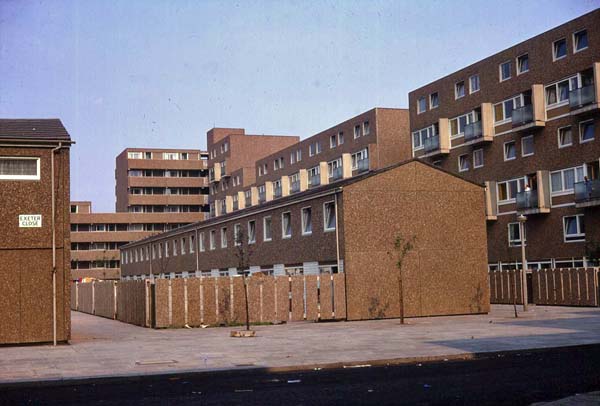
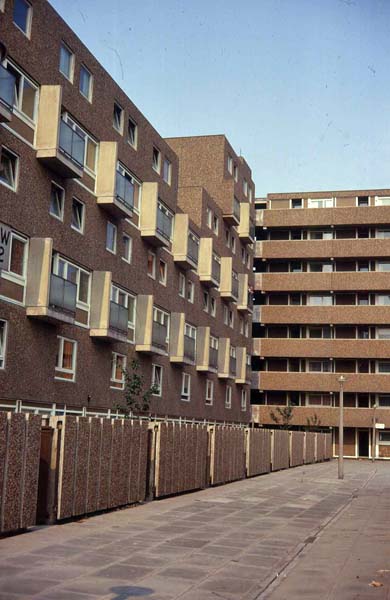
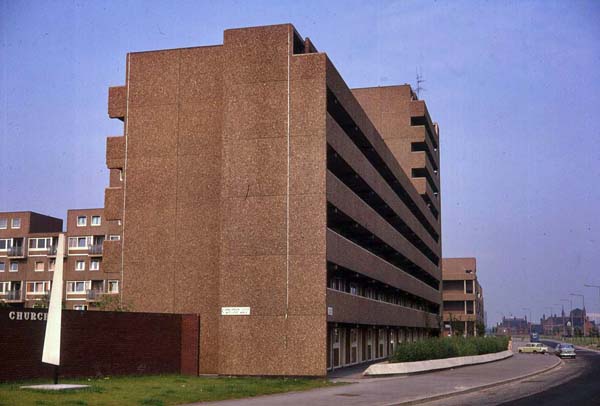
Close Window


| Architect |
|
| Date Built |
Completed in 1972
- DEMOLISHED 1980s |
| Location |
Coverdale Crescent
near Hyde Road |
| Description |
|
| In the late 1960s and early 1970s Manchester
Council embarked on the huge task of demolishing
thousands of slum dwellings and replacing them
with modern homes with the kind of facilities that
suited the modern age. Residents of areas
like Longsight, Beswick and Hulme were anxious to
leave their decaying terraced houses with outside
toilets and no bathrooms and exchange them for new
council houses or flats. One solution to the
rehousing of huge numbers of people was to create
new housing estates on the fringes of the
city. Within the city the solution often
required accommodating large numbers of people on
very small sites and as quickly as possible.
One answer was tower blocks built of modular
concrete systems. In Beswick and Ardwick
complexes of "deck access" homes were erected
using the Bison Wall Frame system. In
Ardwick the estate was located on Coverdale
Crescent close to Hyde Road. It was
completed in 1972 and provided 500 homes for
people displaced by the slum clearance program. The Bison system was used in nearly 6000 flats in over 100 tower blocks around the country and was the most widely used system. However, all did not go well. Within a very short period of time it became apparent that the system had serious faults. Water was leaking into flats through the roof, the steel fixings that held the prefabricated concrete elements together were corroding and the concrete was breaking away. Only a few years after the Coverdale Crescent Flats were built the Council had to employ a firm of consultants to address the faults and they spent £60,000 to make emergency measures to bolt the concrete panels securely. The estate had become known a "Fort Ardwick" reflecting the beliguered feeling of its occupants and the brutalistic appearence it presented to passers by. The local MP, Gerald Kaufman, said this of Fort Ardwick in the House of Commons in 1974, "The scale of the buildings is often daunting. I have in mind Fort Beswick and Fort Ardwick in my own constituency. The design is frequently all too forbidding. That is why the two estates are called "Forts". "I am on the Fort", constituents tell me. Such developments are often unsightly. The approaches are not attractively landscaped and are often strewn with litter and debris. Refuse disposal is too often haphazard and infrequent, and this can lead to the proliferation of insects and vermin which are already fostered by design defects. There was a penetrating article recently in The Guardian pointing this out. The caretaker service often is insufficient to meet the needs, where the service exists at all. Too many developments in my own constituency and that of my hon. Friend have no caretaker service." "...The despair of some tenants can be summed up in a remark made to me by a lady who lives on Coverdale Crescent, more commonly known as "Fort Ardwick", which is now perhaps the best known deck access development in Britain. A few weeks ago, on one of my visits to see the estate, I had a long discussion with a number of the residents. One of them said to me, "If Labour wins the election, it ought to do two things: abolish the House of Lords, and demolish Fort Ardwick." Unfortunately the lady would have to wait a long time for her wish to come true. The estate wasn't demolished until the late 1980s. A new estate of houses was built along Coverdale Crescent in 1994. |
|






Close Window
